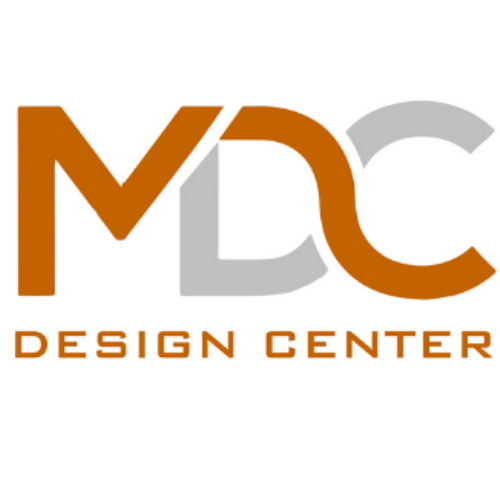Adding a room to your home is one of the most effective ways to create extra space, enhance comfort, and boost property value. Whether you’re considering a cozy sunroom addition or exploring ideas for a guest room, the right room addition can transform your home and lifestyle. In this guide, we’ll walk through the most popular room addition ideas, help you understand the benefits and costs, and show how to make the most of your existing space with smart, stylish upgrades.
Why Consider a Room Addition to Your House?
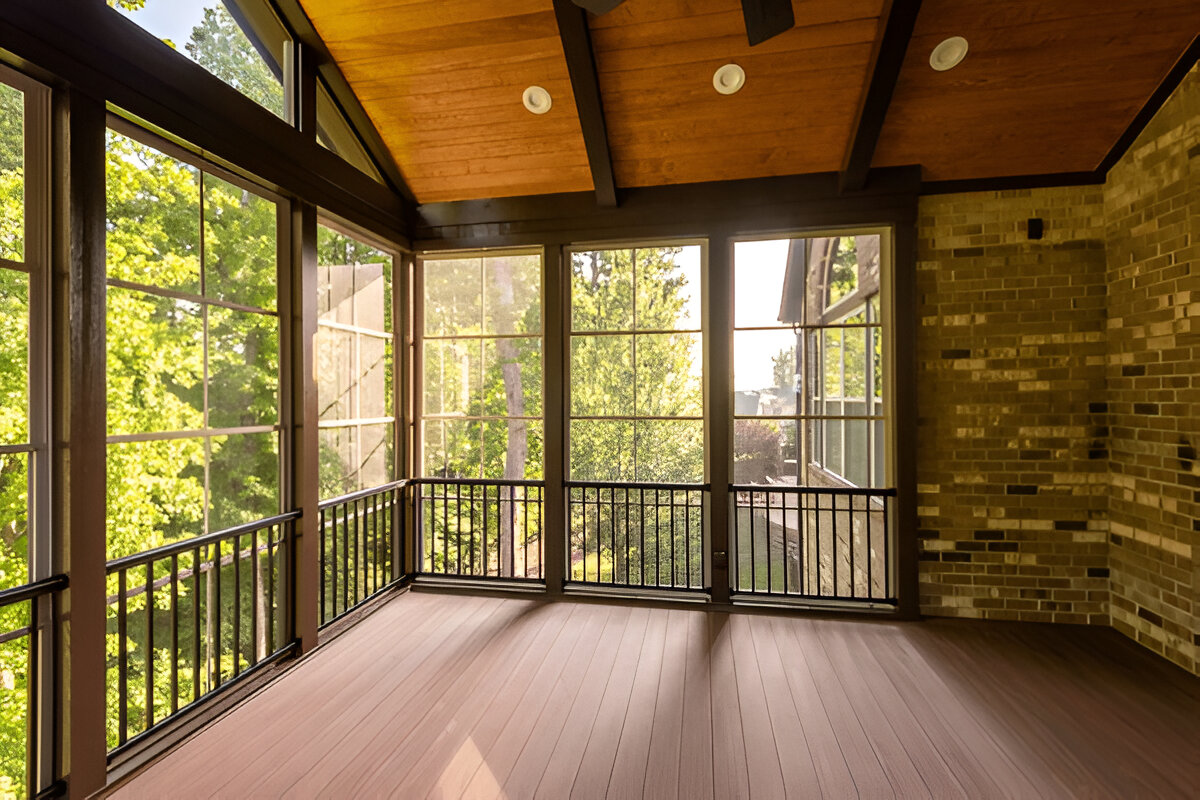 When your current home starts to feel too tight or outdated for your lifestyle, a room addition to house can be the ideal solution. Instead of going through the high costs, stress, and uncertainty of moving to a new home, adding space to your existing house allows you to stay in the neighborhood you love—close to your favorite parks, schools, and community.
When your current home starts to feel too tight or outdated for your lifestyle, a room addition to house can be the ideal solution. Instead of going through the high costs, stress, and uncertainty of moving to a new home, adding space to your existing house allows you to stay in the neighborhood you love—close to your favorite parks, schools, and community.
A well-planned addition room provides the flexibility to adapt your home to your evolving needs. Whether it’s adding square footage, enhancing functionality, or modernizing your layout, a thoughtfully designed addition can be one of the smartest investments you make in your property.
Common Reasons for Room Additions
• Growing family needing extra bedrooms or bathrooms
As families grow, the need for additional space becomes critical. Whether it’s a nursery, a Jack and Jill bathroom for kids, or a dedicated space for teens, room additions offer practical solutions without the need to uproot your life.
• Work-from-home professionals requiring a private office
With remote and hybrid work becoming the norm, a dedicated home office has shifted from luxury to necessity. A custom-built workspace improves productivity, privacy, and work-life balance.
• Need for an in-law suite or law suite
Many homeowners are now accommodating aging parents or extended family with in-law suites that include private entrances, bathrooms, and kitchenettes. These multi-functional additions support independence while keeping loved ones close.
• Desire to increase resale value
Adding a new bedroom, bathroom, or sunroom often delivers strong ROI, especially when paired with energy-efficient materials and updated design. Room additions are one of the most effective ways to boost a home’s market value.
• Creating a space for entertainment or hobbies
Whether it’s a great room for hosting friends, a laundry room for practical needs, or a sun-soaked art studio, room additions allow you to build spaces that reflect your passions and lifestyle.
In today’s market, more and more homeowners are choosing to renovate rather than relocate. Home improvement projects like sunroom additions, patio enclosures, or finished guest rooms offer high-impact transformations that improve daily life and long-term value. These additions can be designed to blend seamlessly with your home’s architecture, making them feel like a natural extension rather than an afterthought.
For homeowners looking to expand intelligently, MDC Design Center offers comprehensive solutions that balance functionality, aesthetics, and cost. Our custom remodeling services help you make the most of your existing space with thoughtful layouts and quality craftsmanship.
Ready to reimagine your home? Let’s explore the best room addition ideas in the next section.
Top Room Addition Ideas to Maximize Your Home
Every home has untapped potential. Whether you need more room for your family, a new space to work from home, or simply a better way to enjoy your lifestyle, the right room addition design can unlock possibilities you didn’t think were feasible. From cozy sunrooms to expansive great rooms, there’s no shortage of creative ways to enhance your living area.
Let’s explore the most effective and popular room additions ideas for modern homeowners.
1. Sunroom Additions – Bring the Outdoors In
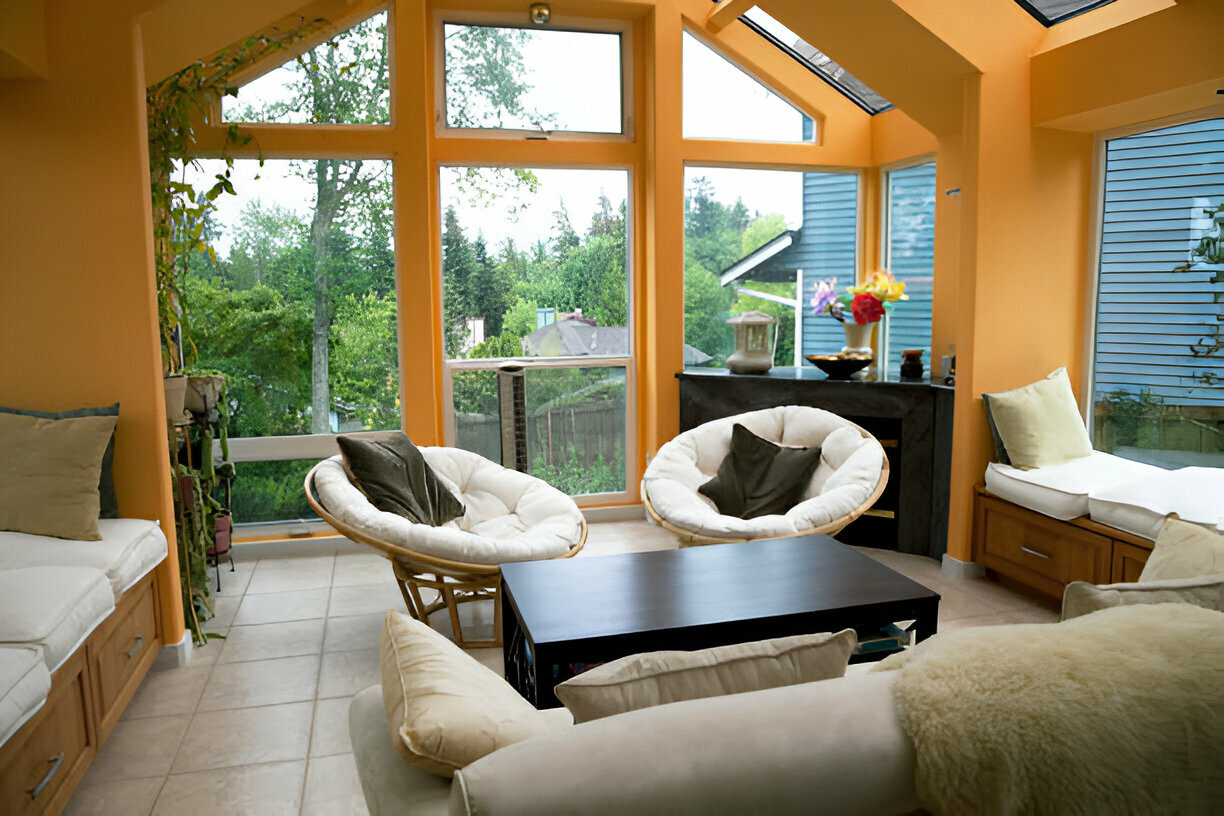 A sunroom addition is one of the most charming and versatile ways to increase your home’s footprint. These light-filled spaces function as year-round retreats, connecting the indoors with nature. Whether used as a reading lounge, breakfast nook, or even a home office, a sunroom elevates both style and functionality.
A sunroom addition is one of the most charming and versatile ways to increase your home’s footprint. These light-filled spaces function as year-round retreats, connecting the indoors with nature. Whether used as a reading lounge, breakfast nook, or even a home office, a sunroom elevates both style and functionality.
Why Homeowners Love It:
• Offers an airy, tranquil living area
• Filled with natural light, enhancing mood and ambiance
• Works well in all climates with the right insulation
• Less expensive than full conventional additions
Depending on your needs, you can opt for three-season or four-season designs. Pre-fabricated models and patio enclosures can also lower your addition cost significantly, especially when built over an existing deck or patio.
Check out MDC’s elegant transformation ideas for modern bathroom sunroom pairings, where indoor luxury meets outdoor charm.
2. Kitchen Expansions & Bump-Out Additions
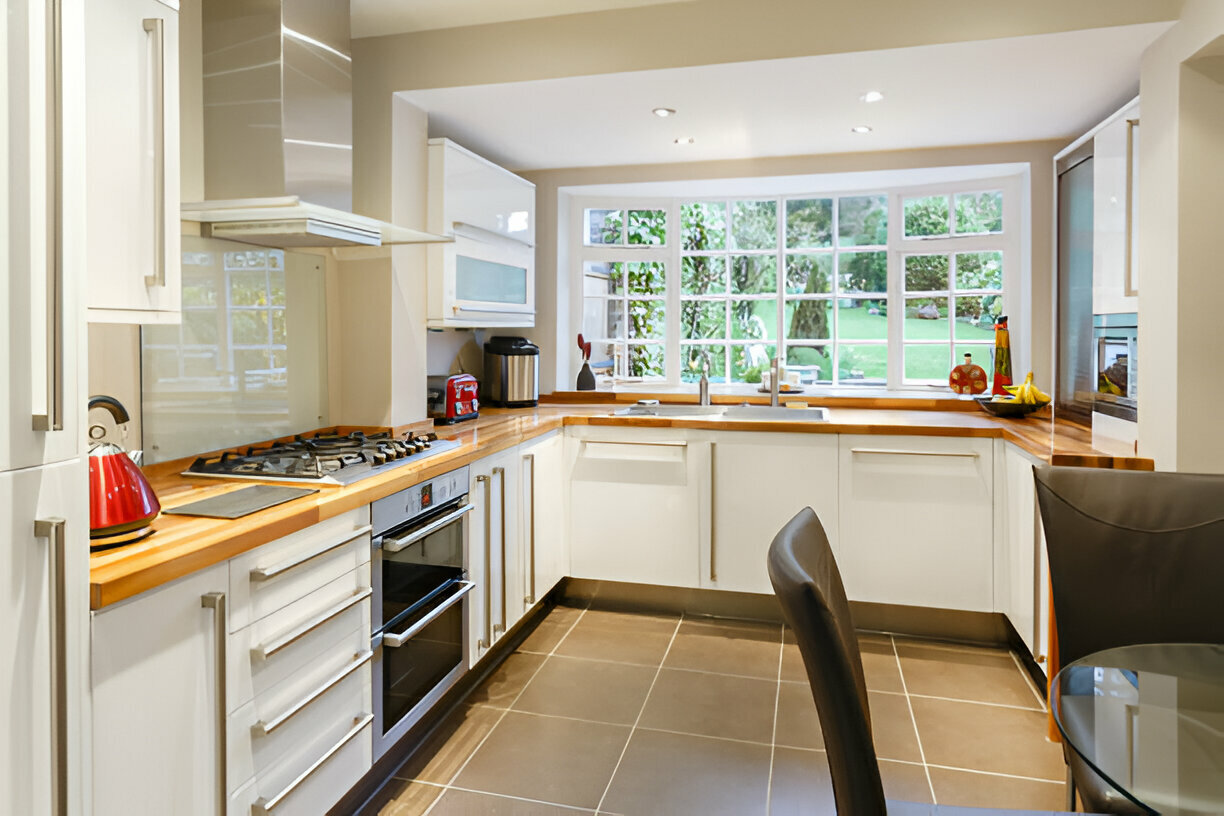 The kitchen is the heart of the home—and also the most remodeled space in most households. If your current kitchen feels cramped or outdated, a bump out addition or full expansion can revolutionize your daily routine.
The kitchen is the heart of the home—and also the most remodeled space in most households. If your current kitchen feels cramped or outdated, a bump out addition or full expansion can revolutionize your daily routine.
Design Options Include:
• Extending the kitchen to include a dining room or great room
• Adding a breakfast alcove, pantry, or large kitchen island
• Combining multiple small rooms into an open-concept layout
A kitchen bump out can be just a few feet deep, yet make a massive impact. These room addition ideas are particularly useful when working with tight lot sizes or existing limitations.
Discover how we maximize every inch in our small kitchen solutions guide.
3. Guest Bedrooms & In-Law Suites (Law Suites)
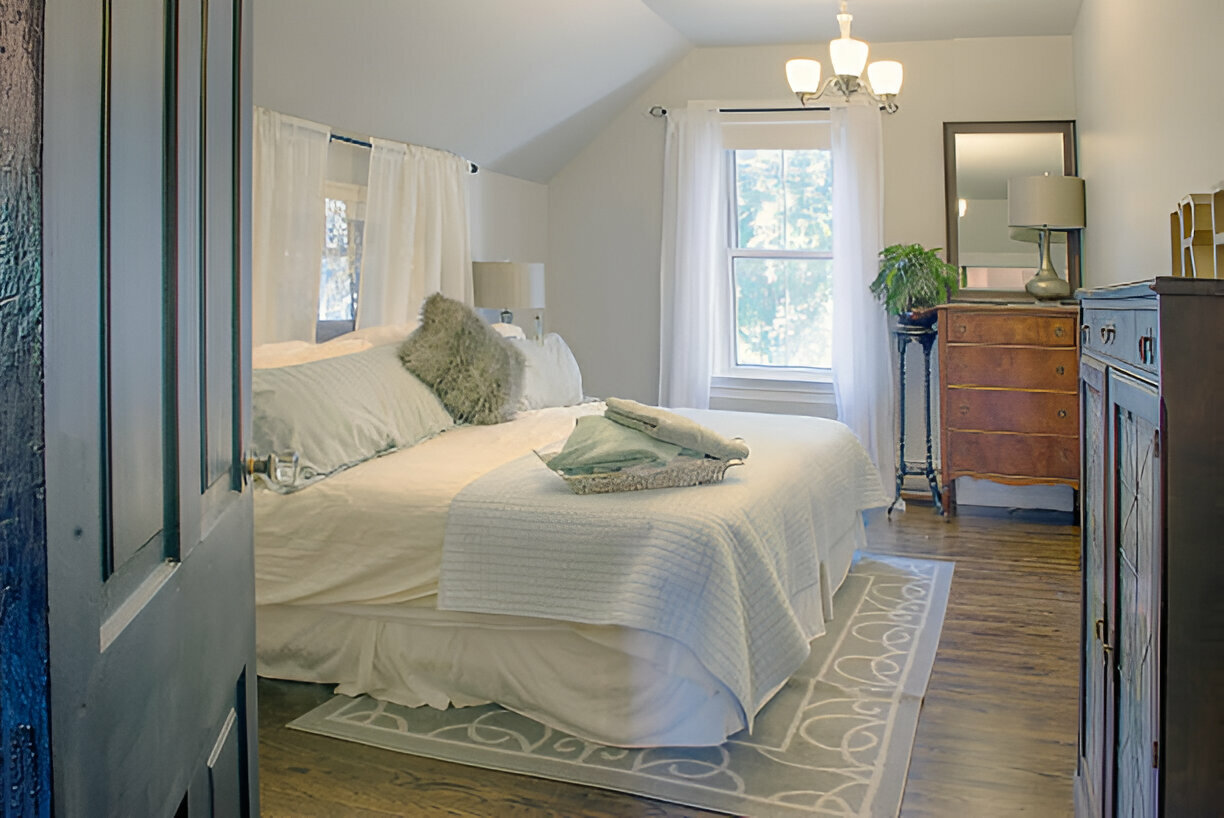 Whether it’s for long-term family stays or short-term guests, a private guest room or in-law suite ensures comfort and privacy for everyone. These home additions can range from simple bedroom extensions to fully equipped living quarters.
Whether it’s for long-term family stays or short-term guests, a private guest room or in-law suite ensures comfort and privacy for everyone. These home additions can range from simple bedroom extensions to fully equipped living quarters.
Consider Including:
• Private entrances and bathrooms
• Small kitchenettes
• Sitting areas or home office nooks
• ADA-compliant features for aging parents
Adding a law suite to your home increases not just livability, but also resale appeal—especially in multigenerational households or rental-friendly markets.
Explore MDC’s flexible home addition services tailored to multi-use and generational living spaces.
4. Home Offices & Multifunctional Spaces
 The home office has become essential in today’s hybrid work world. If you’re still working from the kitchen table or squeezing into a corner, a dedicated office space is a worthwhile investment.
The home office has become essential in today’s hybrid work world. If you’re still working from the kitchen table or squeezing into a corner, a dedicated office space is a worthwhile investment.
Ideas for Flexible Design:
• Built-in desks with hidden storage
• Murphy beds to create dual-function guest/office rooms
• Accent walls, shelving, and focused lighting
• Soundproofing and upgraded electrical for tech setups
A room designed for productivity can also serve as a study, library, or creative studio. With clever design, this type of room addition to house pays off in both comfort and value.
Check our custom closet design solutions—perfect for adding practical storage to your office or multipurpose room.
5. Laundry Room or Mudroom Additions
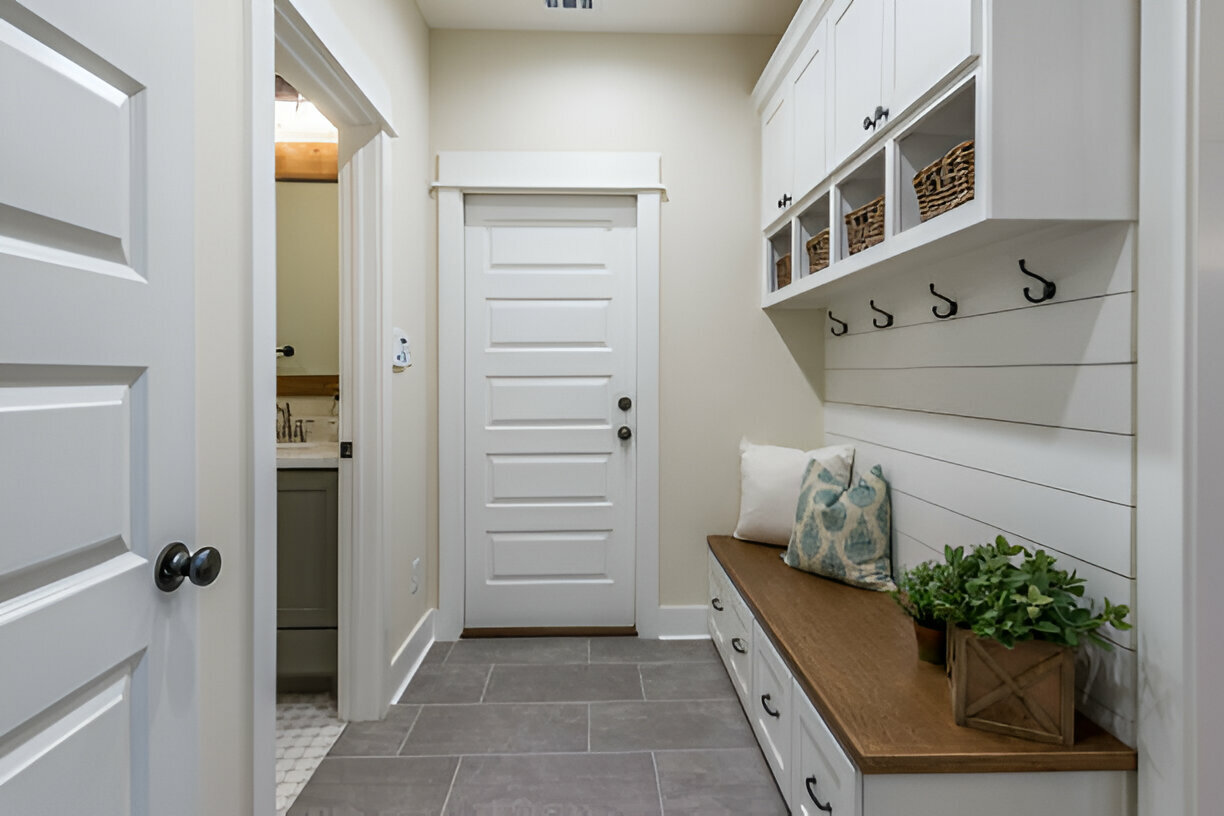 Though not as glamorous as a kitchen or sunroom, a dedicated laundry room or mudroom drastically improves home organization. These spaces are especially useful for families with children, pets, or high-traffic entrances.
Though not as glamorous as a kitchen or sunroom, a dedicated laundry room or mudroom drastically improves home organization. These spaces are especially useful for families with children, pets, or high-traffic entrances.
Design Options:
• Stackable washer-dryer setups
• Bench seating with shoe storage and coat hooks
• Built-in cabinetry and sink units
• Dual-purpose layouts with pet grooming or craft areas
These room additions can be tucked near a garage, rear entrance, or side yard, making use of transitional areas that often go overlooked.
🡒 MDC’s cabinet and millwork services are ideal for creating organized, functional rooms with beautiful finishes.
6. Great Room Additions
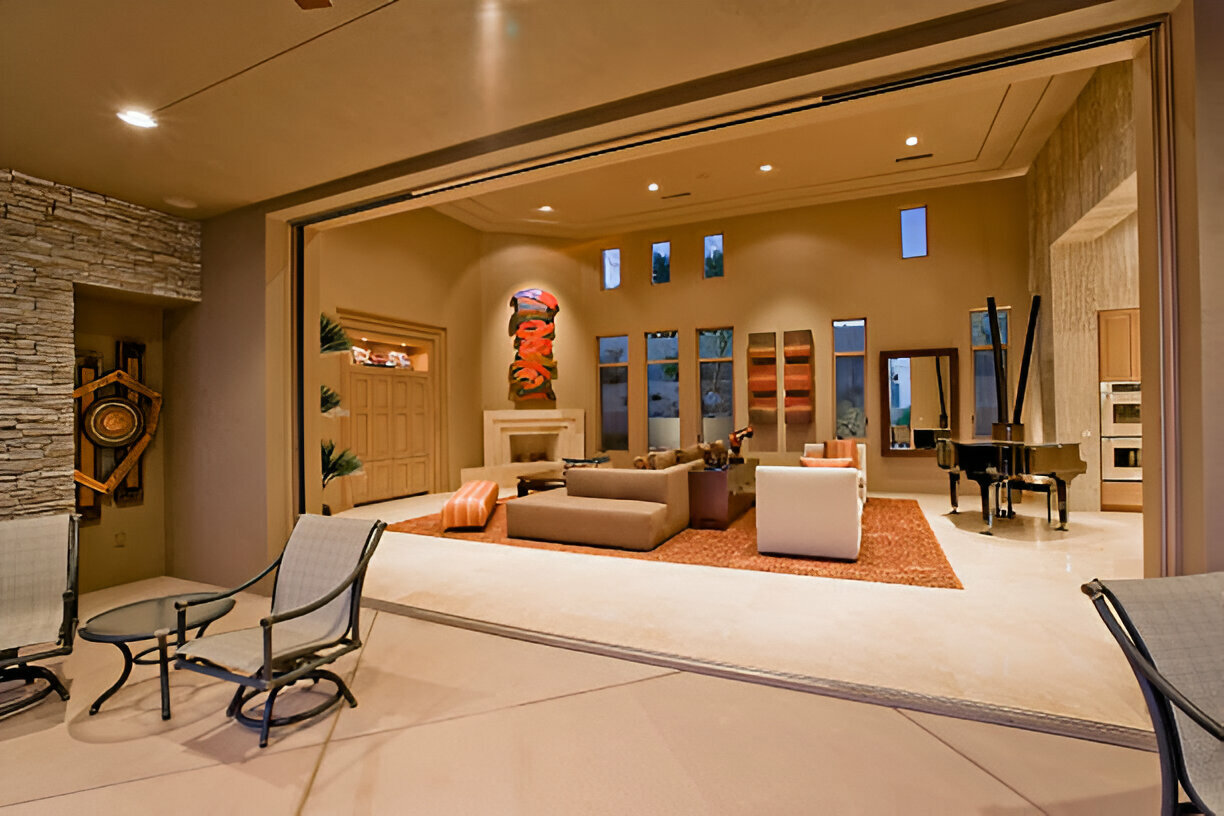 A great room merges living, dining, and entertaining areas into one expansive, open-concept space. These are especially popular in older homes with segmented layouts.
A great room merges living, dining, and entertaining areas into one expansive, open-concept space. These are especially popular in older homes with segmented layouts.
Great Room Features to Consider:
• High ceilings with exposed beams
• Open views to the kitchen or dining area
• Fireplace or entertainment wall
• Sliding glass doors for access to outdoor patios or seasons sunrooms
Whether you’re planning family movie nights or large gatherings, a great room enhances the overall flow of your home while creating a central hub for connection.
🡒 Learn how MDC brings style and comfort together in full home renovations.
Types of Room Additions Based on Structure
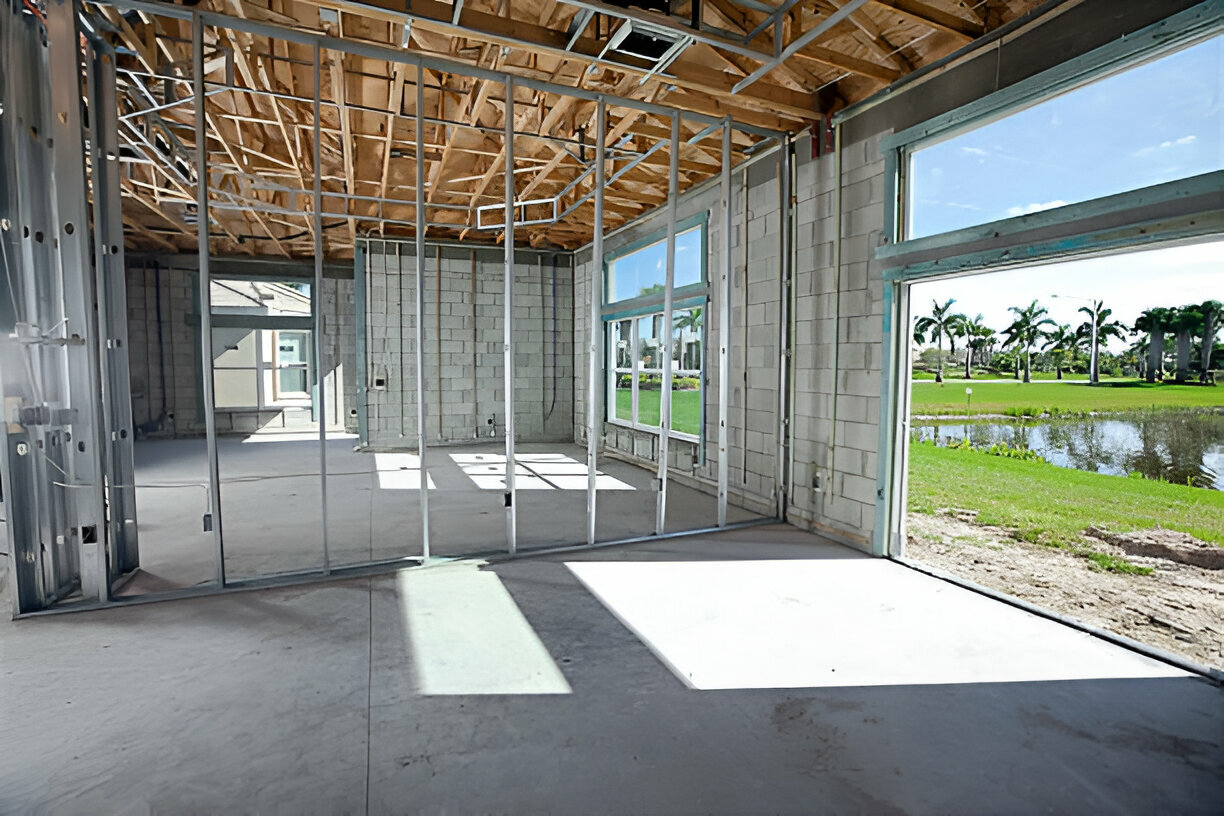 Not all room additions are created equal. Depending on your home’s current layout, local zoning rules, and your goals, there are several structural approaches you can take. Each type of room addition design carries different levels of cost, construction time, and integration with your existing space.
Not all room additions are created equal. Depending on your home’s current layout, local zoning rules, and your goals, there are several structural approaches you can take. Each type of room addition design carries different levels of cost, construction time, and integration with your existing space.
Understanding these structural options will help you make informed decisions—especially when balancing budget, lifestyle needs, and long-term value.
1. Conventional Room Addition
A conventional room addition is the most extensive type of home extension. It involves creating a fully functional room that seamlessly connects to your home, with its own foundation, roof, HVAC, electrical, and insulation.
Ideal for:
• Primary bedroom suites
• Expansive living rooms
• Guest quarters with private amenities
• Second-story story additions
These projects often result in significant square footage increases and deliver excellent return on investment. However, they require a longer timeline, more permitting, and higher addition cost than other methods.
Check MDC’s full-scale home addition services to see how we manage large-scale transformations from start to finish.
2. Bump-Out Addition
A bump-out addition is a smaller-scale structural extension that “bumps out” a room by a few feet—without requiring a full foundation or complex roofing.
Best used for:
• Expanding kitchen layouts
• Creating a cozy reading corner or breakfast nook
• Enlarging small bathrooms or closets
Because of their limited scope, bump-outs are one of the most cost-effective ways to improve layout and living space without major disruptions. It’s a popular option for homes with limited lot sizes or zoning restrictions.
See how we maximize layout with clever extensions in small bathroom renovations.
3. Garage Conversion
Garage conversions transform underused space into functional addition rooms. This type of room addition to house is particularly appealing because it doesn’t require new square footage—just creative rethinking of what’s already there.
Common conversions include:
• Home gyms
• Studios or workshops
• Secondary living rooms
• Guest room with private access
Make sure to consider ventilation, insulation, and building code upgrades. What seems like an easy switch still demands thoughtful planning and execution.
Need to coordinate cabinetry or layout for your garage conversion? Explore MDC’s cabinet solutions for cohesive designs.
4. Sunroom Addition or Patio Enclosure
Unlike a conventional room, a sunroom addition or patio enclosure is often built using lightweight materials like glass, aluminum, and vinyl. They’re typically designed to capture sunlight and offer a comfortable indoor-outdoor feel.
Key features:
• Large windows or full glass walls
• Skylights or glass ceilings
• Access to garden or backyard
• Ideal for lounging, yoga, dining, or working
Depending on your needs, you can choose from three-season sunrooms (used in spring, summer, fall) or four-season rooms (insulated and heated for year-round comfort).
Browse our sunroom-friendly renovation projects for inspiration.
5. Second Story Additions
If you’re working with a limited lot or want to preserve your yard space, a second-story addition or story addition is the way to go. This approach can double your square footage without changing the home’s footprint.
You can add:
• Entire floors with multiple bedrooms and bathrooms
• A master suite with walk-in closet and ensuite
• A dedicated home office wing
• Playrooms or recreational areas
This is among the most complex types of building room addition, as it requires reinforcement of the existing structure, updated roofing, and extensive planning—but the rewards in usable living space and value are unmatched.
Choosing the Right Structural Type for Your Needs
When deciding on a structural approach for your room addition, consider the following:
• How will the new space be used? A sunroom for relaxation, or a new bedroom for daily use?
• What’s your budget? Bump-outs and garage conversions are more affordable than full additions.
• What’s the long-term goal? Increasing home value, improving layout, or accommodating family?
• Are there zoning/building restrictions? Each type requires different permits and inspections.
• How will the addition integrate with the rest of the home? Ensure cohesive exterior and interior design.
At MDC Design Center, we help homeowners assess the best addition type based on function, design, and cost. Learn more about our process on our services page.
Planning and Budgeting Your Room Addition
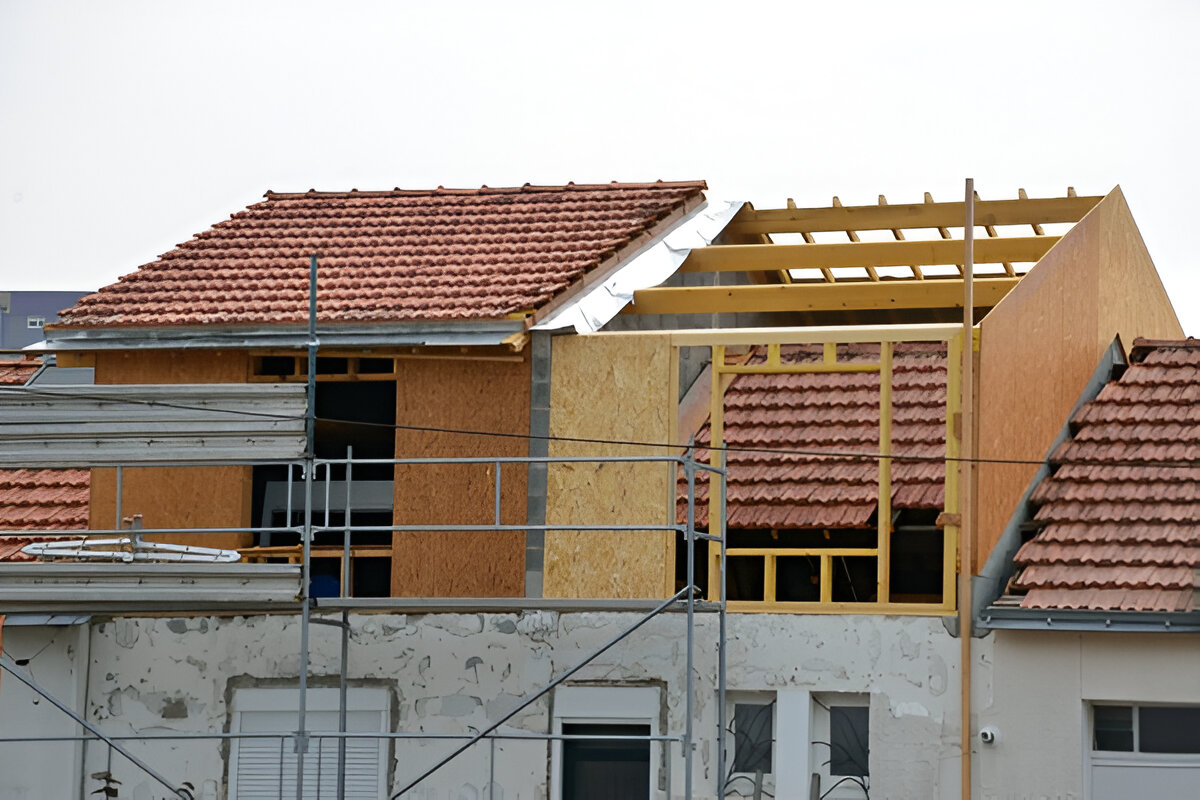 A successful room addition doesn’t start with a hammer—it starts with a plan. Whether you’re dreaming of a sun-drenched reading nook or a fully equipped in-law suite, careful planning and accurate budgeting are essential. Without them, costs can spiral, timelines can stretch, and your home’s structural integrity may be compromised.
A successful room addition doesn’t start with a hammer—it starts with a plan. Whether you’re dreaming of a sun-drenched reading nook or a fully equipped in-law suite, careful planning and accurate budgeting are essential. Without them, costs can spiral, timelines can stretch, and your home’s structural integrity may be compromised.
In this section, we’ll cover the most important steps to take before breaking ground on your home improvement project, and how to stay on track financially and logistically throughout the process.
Define the Purpose and Scope
Before estimating costs or hiring contractors, you need to define why you’re building a room addition and what it will include.
Ask Yourself:
• What is the main function of the new room? (e.g., guest bedroom, office, sunroom, law suite)
• Will it be used year-round or seasonally?
• Will plumbing or electrical upgrades be required?
• Will it connect to an existing space, or be a standalone structure?
The answers will influence design, permitting, and the overall room addition cost.
Explore space optimization tips from MDC’s compact bathroom solutions for integrating new spaces into your layout.
Understand Local Zoning and Building Codes
Every municipality has its own building codes, zoning restrictions, and permit requirements. Failing to comply can result in costly fines, delays, or even removal of unauthorized structures.
You’ll Need To:
• Verify property line setbacks and height restrictions
• Obtain proper building permits
• Meet requirements for fire safety, insulation, electrical, and plumbing
• Ensure the addition blends with your neighborhood’s architectural guidelines
Working with a licensed contractor or a design-build firm like MDC ensures these requirements are addressed early in the process.
Learn more about our comprehensive design-build approach that streamlines compliance, permitting, and project execution.
Create a Realistic Budget
Budgeting for a building room addition involves more than just material and labor costs. Hidden fees, design upgrades, and unexpected repairs can quickly push you over your limit.
Cost Elements to Include:
• Architectural design and structural engineering
• Building permits and inspections
• Foundation and framing
• Roofing, siding, and insulation
• Plumbing and electrical work
• Flooring, cabinetry, fixtures, and finishes
• Landscaping and exterior integration
• Temporary living costs (if needed)
Typical Room Addition Cost Ranges:
| Type | Estimated Cost |
|---|---|
| Sunroom Addition | $15,000 – $45,000 |
| Kitchen Bump-Out | $8,000 – $25,000 |
| Garage Conversion | $10,000 – $30,000 |
| Guest Room Addition | $25,000 – $60,000 |
| Second Story Addition | $75,000 – $150,000+ |
These numbers are averages and will vary based on location, materials, and the complexity of your project.
Need help planning your budget? Reach out to MDC for a free consultation and accurate project estimates.
Choose the Right Contractor or Design-Build Team
Partnering with the right professionals can make or break your room addition to house. Look for licensed, insured teams with experience in additions—not just general remodeling.
What to Look For:
• Portfolio of similar room additions (like this)
• Positive reviews and references
• Detailed estimates and transparent contracts
• Integrated services, including design, permitting, and construction
MDC Design Center offers start-to-finish project management, combining technical expertise with high-end design for stress-free, on-budget results.
Explore our recent portfolio of room additions and see how our work has transformed homes just like yours.
Prepare Your Home and Family
Once the paperwork is in place and construction is set to begin, make sure your home and household are prepared for the disruption.
Tips for a Smoother Process:
• Set up a temporary space if your kitchen or bathroom is affected
• Protect valuables and furniture from dust or damage
• Communicate clearly with your contractor on access, hours, and expectations
• Stay flexible—some delays due to weather or inspections are normal
Though temporary inconveniences are inevitable, the long-term payoff in comfort, function, and value is well worth it.
For whole-home strategies that minimize stress during remodeling, explore MDC’s full-home renovation services.
Integrate Your Room Addition with Existing Space
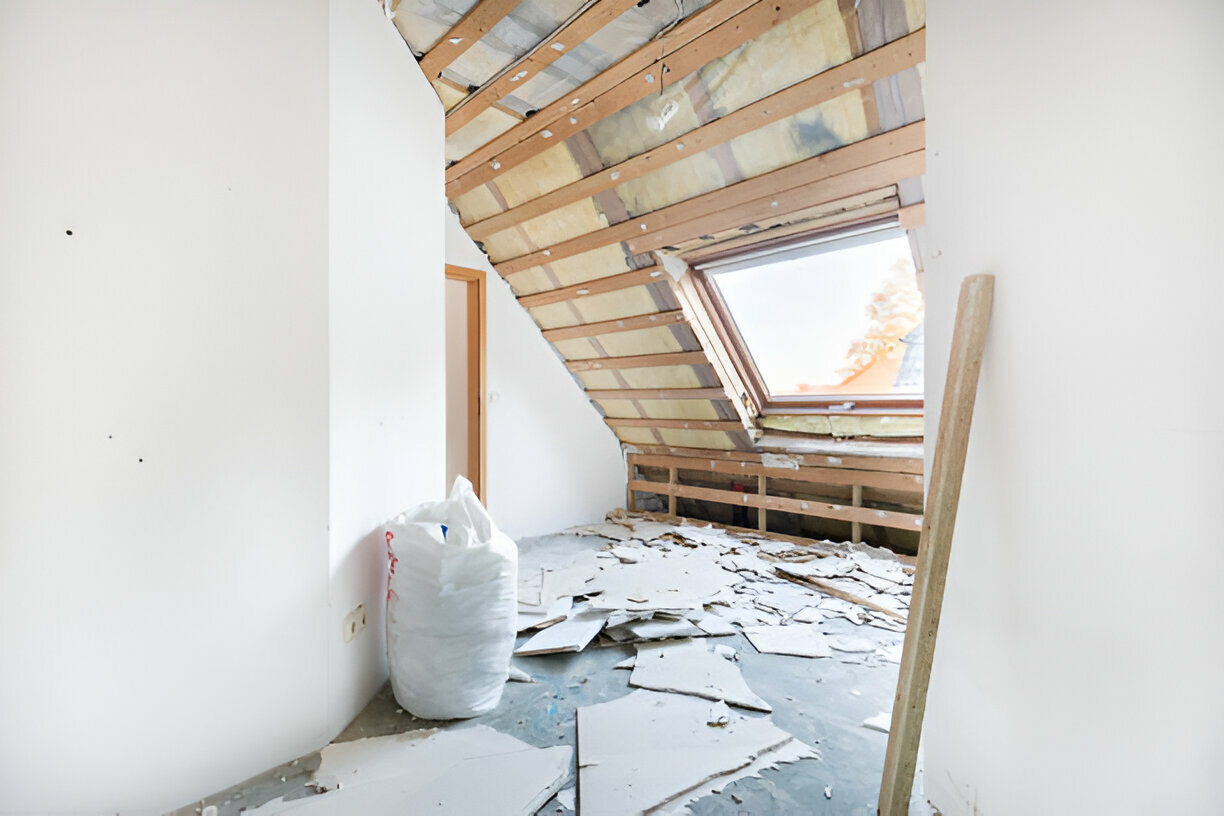 One of the most critical aspects of a successful room addition is how well it blends with your existing space. Even the most beautiful or functional new area can feel awkward or out of place if it doesn’t integrate seamlessly with your home’s original layout, architecture, and flow.
One of the most critical aspects of a successful room addition is how well it blends with your existing space. Even the most beautiful or functional new area can feel awkward or out of place if it doesn’t integrate seamlessly with your home’s original layout, architecture, and flow.
Think of a room addition to house not just as added square footage—but as a continuation of your home’s identity. Done right, it should look and feel like it’s always been there.
Architectural Consistency is Key
A jarring transition between old and new spaces can hurt both usability and resale value. Visual harmony is essential to making the new room feel natural.
Tips for Architectural Integration:
• Match roof pitch, siding, windows, and exterior finishes
• Extend or mirror structural elements like columns or eaves
• Align ceiling heights and floor elevations where possible
• Use similar materials—brick, stucco, wood, trim—for continuity
MDC’s custom cabinet millwork allows you to coordinate interior finishes that bridge new and existing spaces beautifully.
Create Flow in Interior Design
It’s not just about the outside. Interior integration ensures your addition room connects logically and comfortably with your home’s overall design narrative.
What to Consider:
• Continue flooring types or use smooth transitions (e.g., threshold planks)
• Repeat color palettes, hardware, and light fixtures for cohesion
• Avoid awkward wall breaks or abrupt floor plan changes
• Connect new spaces with wide doorways, archways, or open layouts
Even in more isolated additions—like a guest room, law suite, or sunroom addition—carrying through design elements such as cabinetry style or baseboard profile makes the space feel unified.
Our team can help with cohesive space planning—check out full home remodeling services for inspiration.
Smart Transitions Between Functional Zones
Modern homes prioritize open flow between living zones. Whether your room addition is a bump out or a full story addition, consider how it will function with adjacent areas.
Examples of Smart Transitions:
• A kitchen expansion flows into the dining room or great room
• A sunroom opens into a shared living space through French doors
• A home office addition connects to the hallway via pocket doors
• A laundry room addition off the garage improves daily routines
Avoid isolating new spaces—connect them functionally to encourage daily use and increase perceived value.
Lighting, HVAC, and Acoustics Matter Too
It’s easy to overlook technical integration, but without it, your new space can feel uncomfortable or disconnected.
Key Systems to Align:
• Extend your HVAC system to maintain comfort year-round
• Ensure consistent lighting levels and fixture styles
• Use acoustic insulation between walls or floors (especially in offices, bedrooms, or in-law suites)
• Align switch locations, outlets, and control panels for user convenience
Need ideas for smart lighting and ventilation? Our kitchen remodeling services showcase how technical details elevate daily functionality.
Don’t Forget the Exterior Transitions
A room addition isn’t complete without smooth exterior access and visual integration.
Ideas for Exterior Blending:
• Add pathways, patios, or landscaping around the new structure
• Install lighting and door hardware that matches the rest of the house
• Consider adding decks or covered patios for indoor-outdoor flow
• If you’re adding a sunroom or patio enclosure, use full-glass sliding doors or accordion panels for openness
Check out luxury kitchens and indoor-outdoor projects for ways to extend your home into the outdoors.
Work with a Design-Build Team for Seamless Results
The easiest way to ensure your room addition integrates beautifully? Partner with a design-build team that handles architecture, construction, and finishes under one roof.
Advantages:
• Better communication between designer and builder
• Fewer delays from handoffs between multiple parties
• Holistic planning for layout, aesthetics, and technical systems
• One unified vision across the entire project
MDC Design Center specializes in delivering start-to-finish renovation solutions that feel natural, functional, and timeless. Learn more about our integrated remodeling services.
A well-designed room addition is far more than just extra square footage—it’s a strategic investment in your comfort, functionality, and lifestyle. Whether you’re dreaming of a cozy sunroom, a private in-law suite, a larger kitchen, or a productive home office, the right room additions bring lasting value to your home and daily life.
Throughout this guide, we’ve explored:
• Why room additions make more sense than moving
• The top-performing room additions ideas for 2025
• Structural options like bump outs, garage conversions, and story additions
• Smart planning strategies to control cost and increase ROI
• How to blend your new room with the existing space seamlessly
But perhaps the most important takeaway is this: a successful room addition to house starts with a clear vision and the right team to bring it to life. The details—from finishes and layout to functionality and code compliance—matter. That’s where MDC Design Center comes in.
We specialize in designing and building stunning, integrated spaces that enhance your home from the inside out. Whether you’re expanding for your family, creating a personal retreat, or boosting your home’s resale value, our team offers the creativity, craftsmanship, and experience you need.
Ready to get started on your own room addition project? Contact us today for a free consultation and discover how MDC Design Center can bring your home vision to life.
Source Links
-
Extra Space Storage – Home Addition Ideas to Increase Your Square Footage:
https://www.extraspace.com/blog/moving/home-addition-ideas-to-increase-your-square-footage/ -
Fast Expert – Room Addition Cost at Low Cost:
https://www.fastexpert.com/blog/room-addition-cost-at-low-cost/ -
Four Seasons Sunrooms – Addition Solutions and Product Services:
https://www.fourseasonssunrooms.com/product-services/addition-solutions -
Patio Enclosures – Types of Sunrooms and Seasonal Options:
https://www.patioenclosures.com/sunrooms.aspx -
The Spruce – How to Build an Addition:
https://www.thespruce.com/how-to-build-an-addition-1821283 -
Dave Fox Design Build Remodelers – What Room Additions Add the Most Value to a Home:
https://www.davefox.com/resource-center/what-room-additions-add-most-value-home
